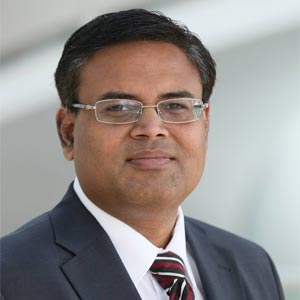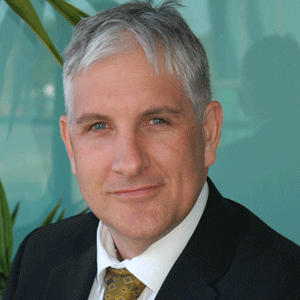THANK YOU FOR SUBSCRIBING

NZ Healthcare Grasping Opportunities of New Technology
Ann-Marie Cavanagh, Chief Technology & Digital Services Officer, Ministry of Health


Ann-Marie Cavanagh, Chief Technology & Digital Services Officer, Ministry of Health
New Zealand is embracing new technology to deliver a better healthcare system, using technologies such as mobile devices and video links to bring care closer to where people live, learn, work and play.
Harnessing digital and emerging technology is essential if we are to achieve the goals set out in the New Zealand Health Strategy, which sets the long-term vision for the health and disability system and provides a roadmap for how this vision will be realized over the years 2016 - 2026.
Central to the strategy are the five themes of People- Powered, Closer to Home, Value and High Performance, One Team and Smart System.
The New Zealand Ministry of Health must deliver the strategy and in doing so, align itself to those five themes. We must move away from thinking about ‘systems’ and think instead about delivering ‘services.’
And we must do so collaboratively, working with health sector providers and our customers to develop the tools necessary to deliver those services.
Technological development will increasingly impact on services and the way people access and experience them. In this new model, digital and emerging technology will enable us to be ‘people-powered’ and bring those services ‘closer to home.’
Digital transformation means using technology to improve the ease with which New Zealanders interact with healthcare providers.
We see the digital revolution happening around the world. Information is one ‘click’ away, billions of people are connected by mobile devices, and more and more online services are available.
People expect convenient, accessible and integrated services. We order groceries, book holidays and pay bills online, and we want the same from our health services.
Our challenge is to be ready for rapid innovation and have a leadership mindset that is receptive to technological development.
Important steps are being taken in our digital health strategy to ensure we do just that.
Innovation
Telehealth is one example of innovation to support the delivery of the New Zealand Health Strategy, using information and communication technologies such as video conferencing, interactive portals, help lines and remote monitoring of patients.
Digital transformation means using technology to improve the ease with which new zealanders interact with healthcare providers
To complement traditional consultations and provide greater choice in how services are delivered, telehealth enables remote diagnoses and consultation. It brings care closer to home, saves time and cost, overcomes distance, improves the equity of access to healthcare for all New Zealanders —both rural and urban—reduces hospital admissions because of better care in the community, and shares knowledge between healthcare providers while enabling clinicians to access training and education.
The National Telehealth Service was launched on 1 November 2015. It consolidates a range of health-funded helplines, including Healthline, Quitline, and lines providing immunisation and poisons advice, the Depression helpline and other mental health lines.
Within this service a professional workforce of over 220 frontline staff provides phone and online advice, support, assessment of symptoms, triage and referral advice. All services are free to access and available 24/7, 365 days a year.
Interpreter services are available in over 40 languages.
We are “moving knowledge, not people.”
The benefits are across the board.
For patients, there is faster access to care and shorter wait times. Remote patients can remain at home, making consultations more convenient and reducing travel.
For health service providers, telehealth creates another way to provide great care to patients.
For specialists and consultants there is less time spent travelling for consultations.
For general practitioners who serve rural health facilities there is less travel. Storing and exchanging patient data allows for accessible referrals and second opinions.
Delivering Results
Telehealth is already delivering results.
The ‘Need to talk? 1737’ telehealth mental health advice and support service was launched in June 2017 as part of the National Telehealth Service. ‘Need to talk? 1737’ is unique technology having a four-digit text and call number. It is a free, 24/7 call or text service providing mental health advice and support.
So far 3,200 New Zealanders have accessed advice and support through ‘Need to talk? 1737’. Over half made initial contact by text. Sixteen percent of contacts were from 13 to 19 year-olds, and 17 percent from 20 to 24 year-olds.
Other digital innovations are also delivering results.
We are investigating the viability of a national Electronic Health Records system, meaning one set of patient records can be shared electronically across all healthcare providers, so all have an insight into the patient’s care plan.
The implementation of patient portals for GPs, where people can make appointments, order repeat prescriptions and get test results online, is another development. A total of 471 GP practices are offering patient portals (just under 50 percent) and 407,000 Kiwis are using them.
Many more developments are in store, as New Zealand healthcare truly embraces digital technology.












